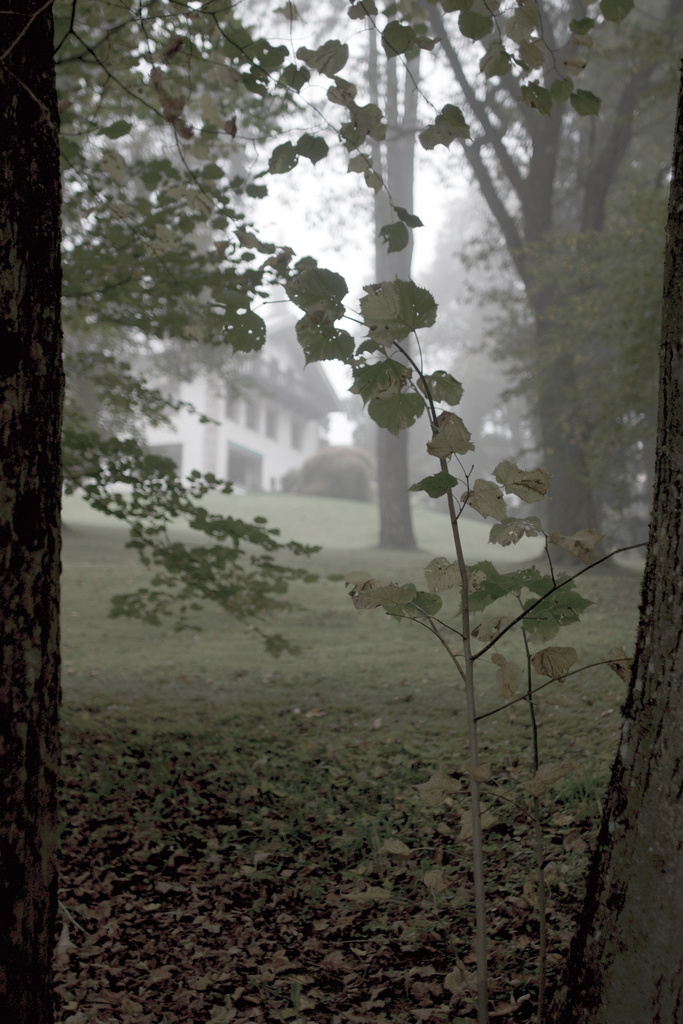

Hearing descending steps on the road below, I decided to react quickly: Dialling down the ISO, cramming in the slowest possible f-stop I estimated I should get a low shutter speed, slow enough to render the pedestrian in a blurry manner, avoiding the impression of a frozen moment and setting her in contrast to the static rectangles of the buildings. I managed, and internal stabilisation helped to keep the sensor steady.
Using the same camera always and everwhere seems to pay out. Of course sometimes I’d enjoy a small P&S, but I do fear the effect of being not completely in unison with the tool, the camera being quirky in the wrong moment. Juha Hataaja from Lightscrape does wonders with his LX-3, and besides his visual and creative powers he knows his tool after 125.000+ exposures. I could imagine that this really makes up the distinction from many of the interested hobby photographers: Doing it, excercising it, coming to a level where all the settings become self-evident and the tool becomes part of eye and hand. In the end it’s what Herrigel describes in „Zen In The Art Of Archery“. And it seems there’s no shortcut.
Schreibe einen Kommentar